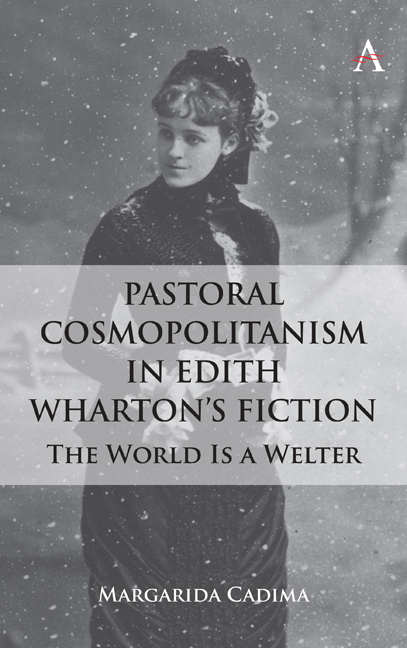Chapter 1 - The Pastoral Cosmopolitanism of the (not so) Secret Garden
Published online by Cambridge University Press: 28 February 2024
Summary
In her 1934 autobiography A Backward Glance, Edith Wharton refers to her own literary production as her “secret garden”: “Therefore I shall try to depict the growth and unfolding of the plants in my secret garden, from the seed to the shrub-top—for I have no intention of magnifying my vegetation into trees!” It is a striking choice of metaphor, but not a surprising one: Wharton was passionate about the arts of writing and gardening. Parkland, subsistence plots and ornamental gardens feature conspicuously in her life and work. Indeed, Renée Somers contends that Wharton dedicated so much of her time to studying “the complex relationships that exist between people and their built environments,” as well as shifting conceptions of the garden's cultural meaning, scope and worth, that we should view her as a “spatial activist.” Somers rightly prioritizes Wharton as an author for whom the garden or park was an “imagined” as well as a “material” zone; and to get a better purchase on that imagined zone she became fluent in, and savvy about, the socio-economic discourses in which that imagining was expressed. Somers has proven useful in reminding scholars to look at Wharton's fictional gardens not only in terms of her deep knowledge of environmental history, or her appreciation of certain large-scale landscape designers. We should also consider how her characters, especially female protagonists, use these areas—to anchor themselves socially (in a world of money, marriage and fashion), emotionally, morally, even spiritually.
Wharton embraced the chance to develop ambitious estate designs for her myriad properties: The Mount in Lenox, Massachusetts; the Pavilion Colombe and Castel Sainte-Claire in France. Her library contained work by the Michigan-born Liberty Hyde Bailey, one of the most industrious and eloquent horticulturalists, rural journalists and botanists in the early years of the twentieth century. Hyde Bailey's avowed ambition was to help America arrive on the world stage as a self-assured and robust civilization. This would be attained, he averred, by pushing gardening into the realm of a national art form: constructing “great pictures out-of-doors.” Wharton, like Hyde Bailey and Sarah Orne Jewett, saw intriguing links and contrasts between horticultural labor and cultivating unexpected configurations of narrative pathways.
- Type
- Chapter
- Information
- Pastoral Cosmopolitanism in Edith Wharton's FictionThe World is a Welter, pp. 3 - 10Publisher: Anthem PressPrint publication year: 2023



